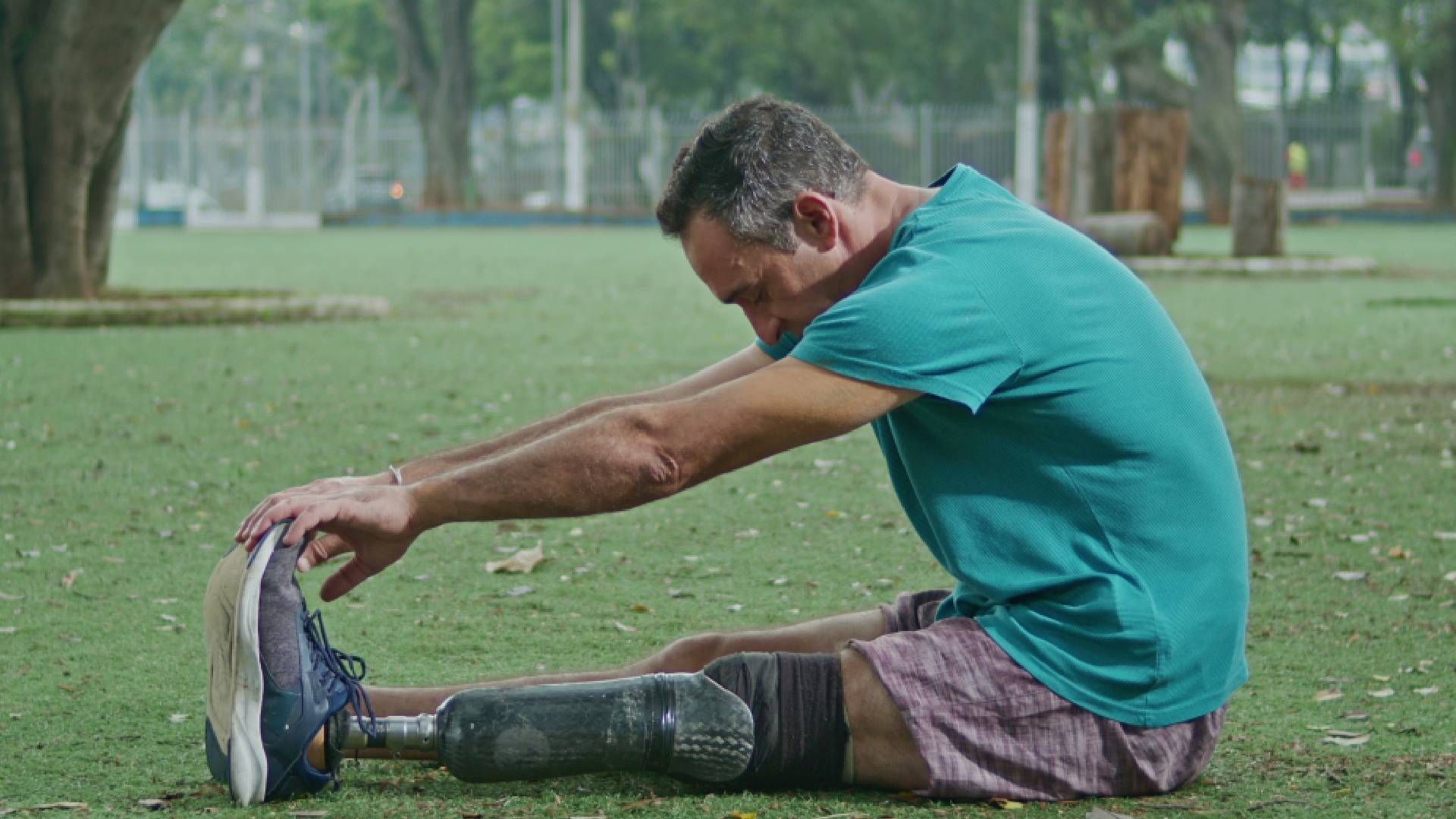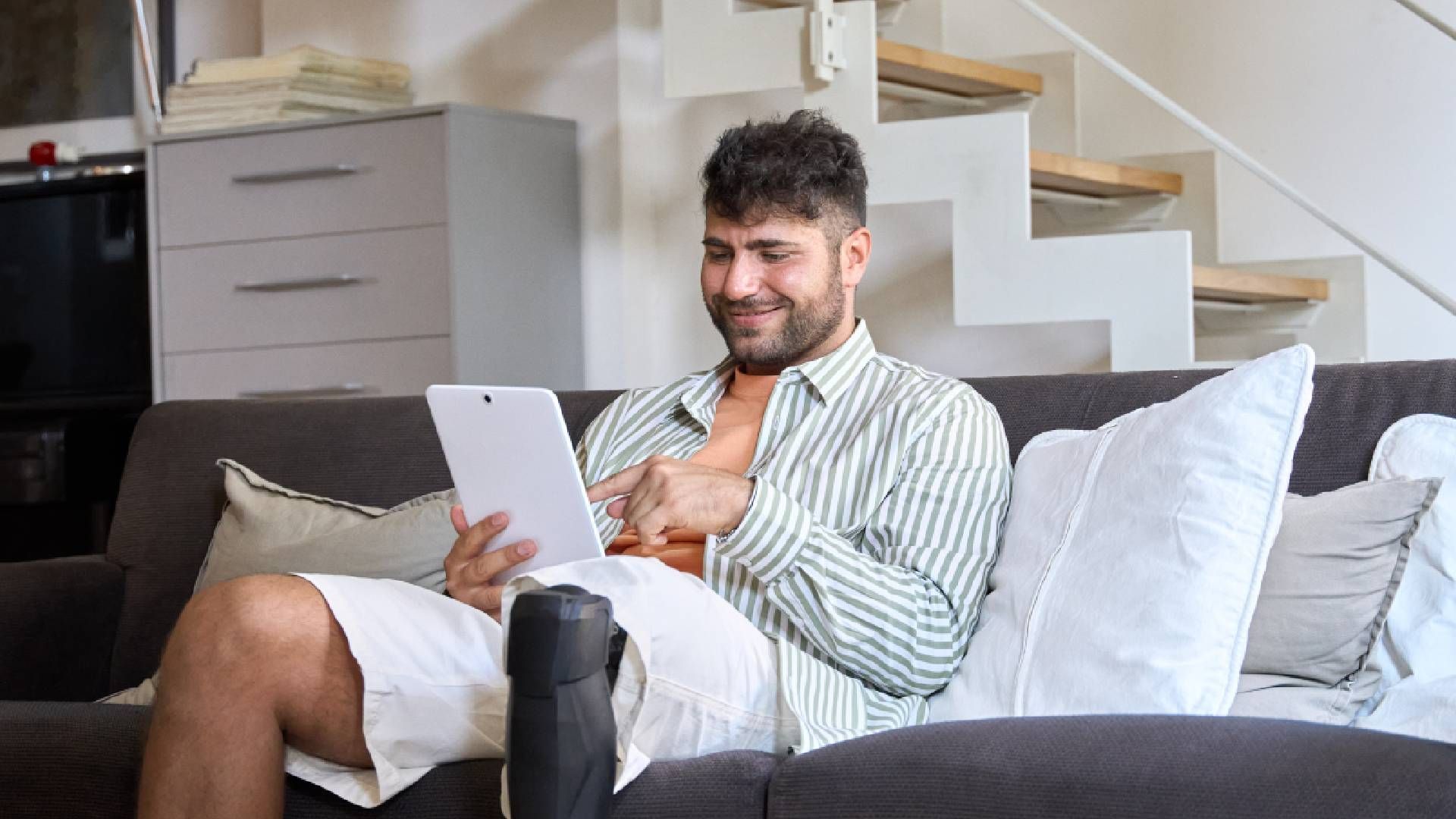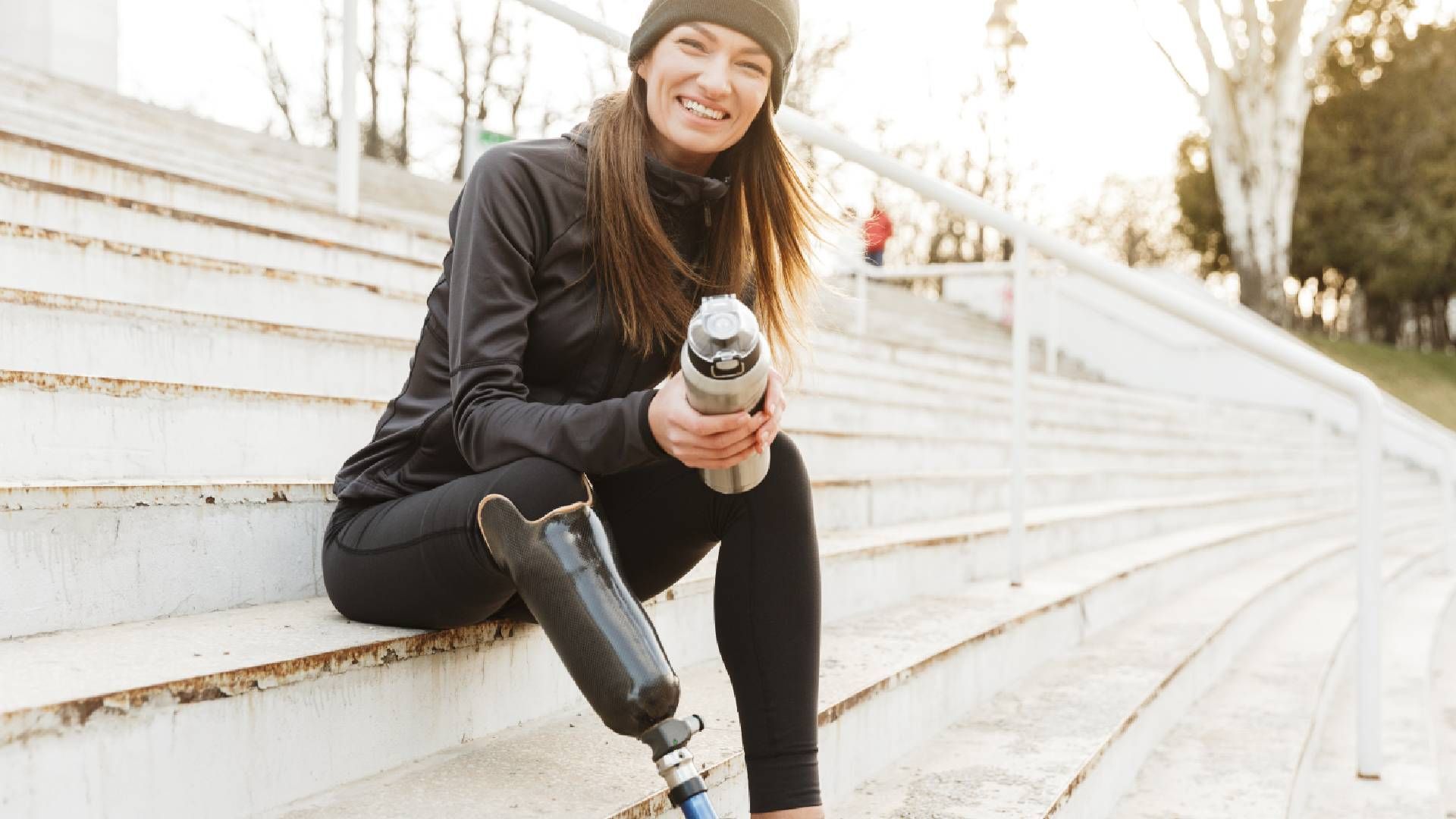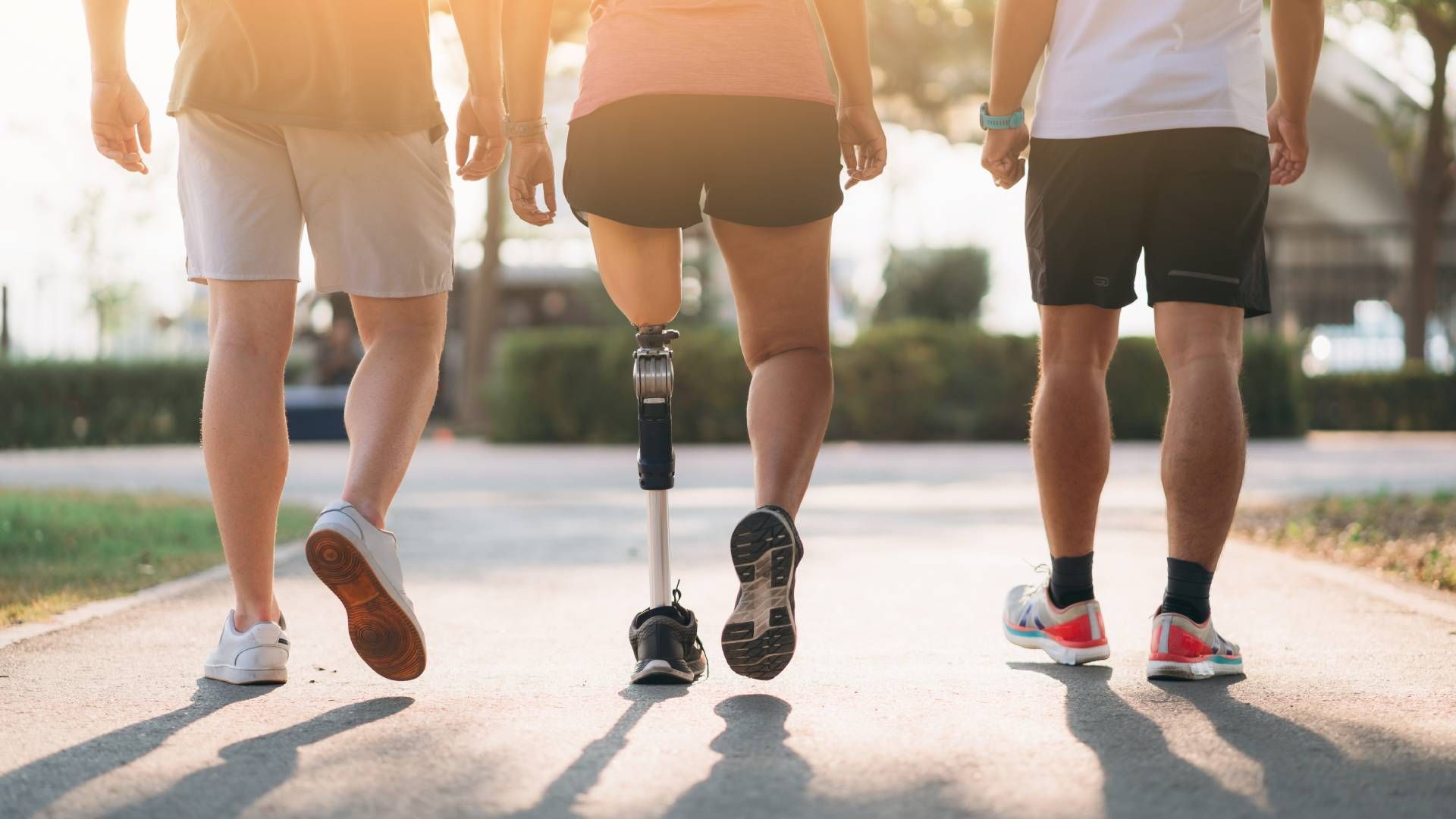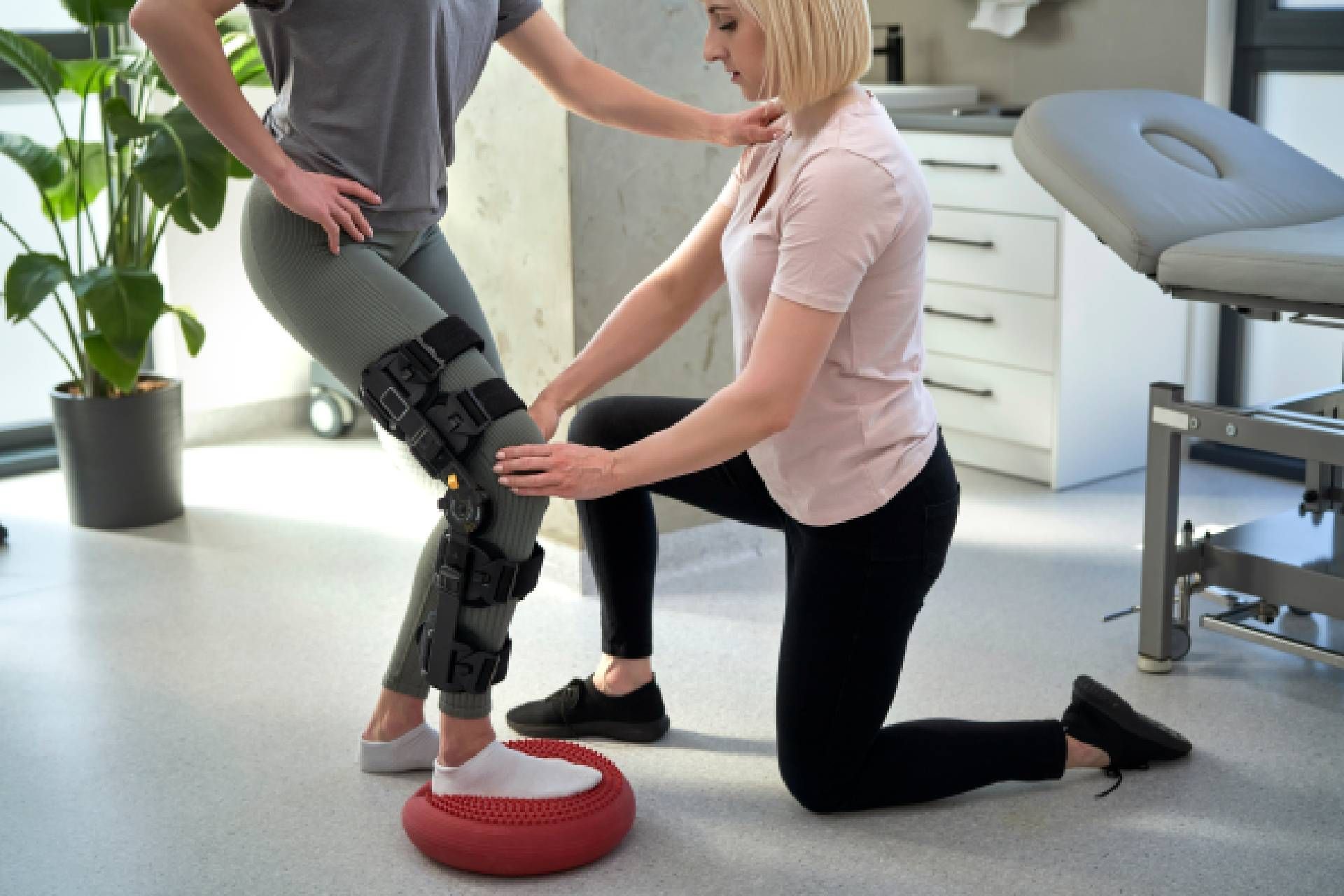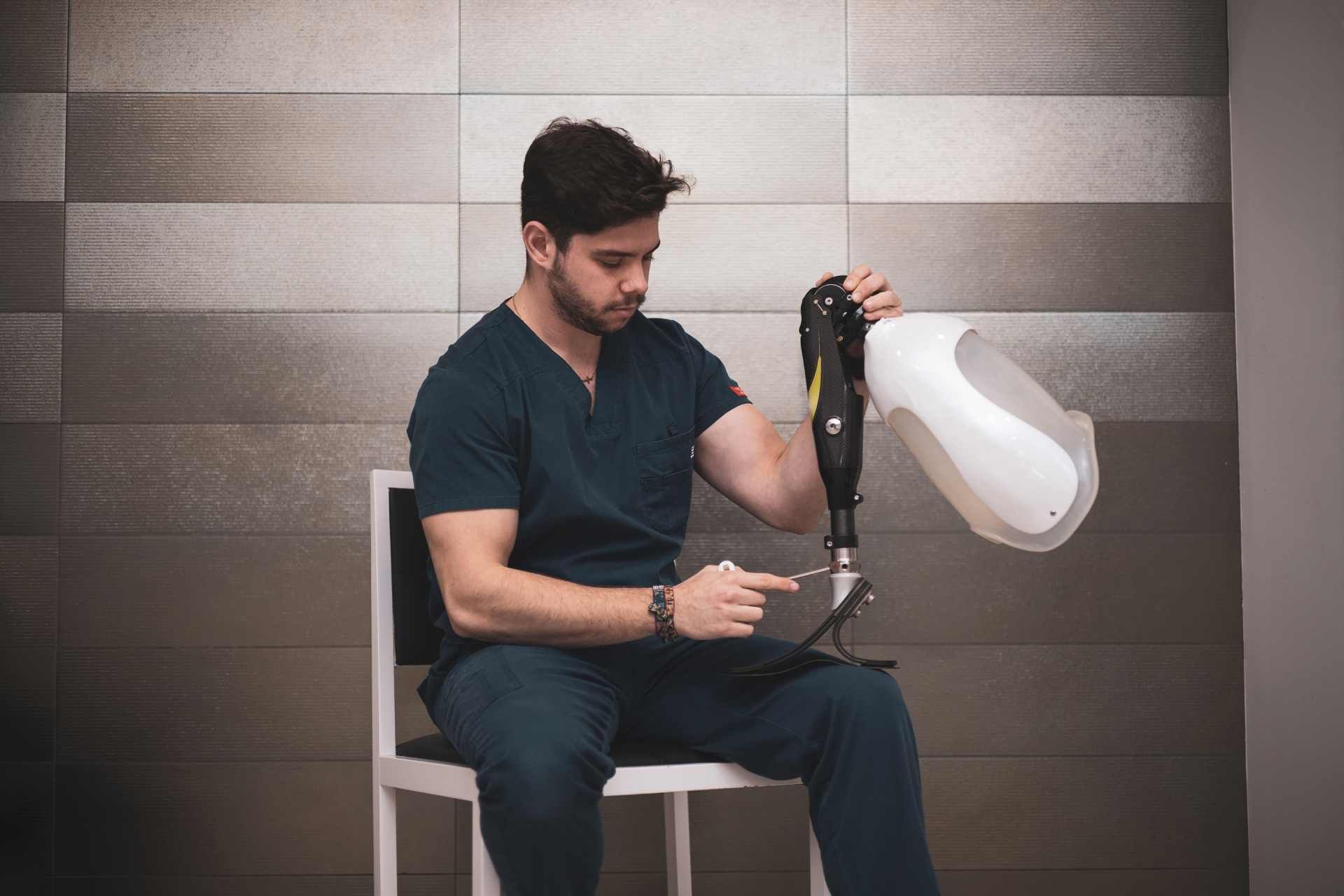Are you interested in trying new activities like adaptive winter sports? As snow accumulation continues across Kentucky, Indiana, and the United States, it’s time to enjoy the beauty of the season with all winter weather has to offer, including adaptive sports for lower limb prosthetic users.
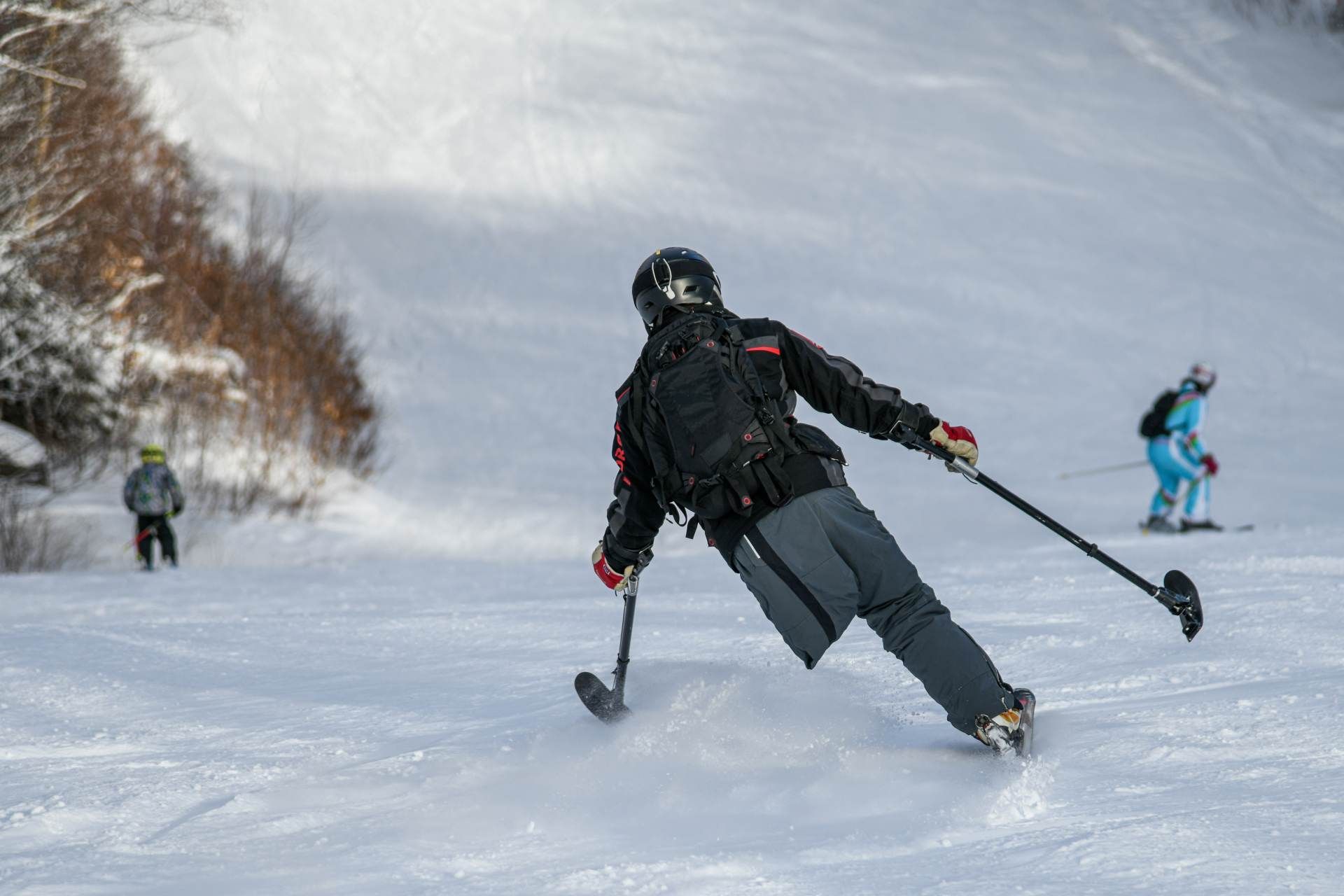
Popular Types of Adaptive Winter Sports
Skiing
People have enjoyed the sport of skiing for thousands of years, and with advancements in ski technology, prosthetic users are an active part of the modern ski community. With specialized adaptive skis like mono-skis, dual-skis, or sit-skis, one of the oldest winter sports is now accessible for prosthetic users. Are you ready to hit the slopes for some downhill adventure this winter?
Sled Hockey
Call it sled hockey, sledge hockey, or para ice hockey, this sport is based on the Canadian national past-time, ice hockey. The game follows most of the same rules but uses specialized equipment including a sled skate and 2 hockey sticks that can be used to control the puck or the player’s movement.
Snowshoeing
If you’re a hiker in the summer, you’ll love snowshoeing in the winter! The sport of snowshoeing offers paths of all different lengths and difficulties, so whether you want to push yourself for an intense wintertime workout or simply stroll through a winter wonderland to enjoy the view, snowshoeing may be the sport for you.
Curling
Out of Scotland comes the sport of curling! This winter sport involves sliding granite stone down a sheet of ice. Points are accumulated when a player’s stone is closer to the target than that of their opponent at the end of each round. Curling is a fun team sport that has the same camaraderie and feel of accessible bowling or shuffleboard in the summer.
3 Tips for Enjoying Adaptive Winter Sports
1. Start with the Assumption that Yes You Can
There's a lot that can be said for the power of positive thinking. Many professional athletes use positive visualization to master their sport. When starting a new adaptive winter sport, beginning with a positive mindset and a belief that you can learn, master, and enjoy the sport will start you on the right track towards achieving your goals. You can also get your body ready to take on the challenge by participating in our walking schools or exercise programs that strengthen your body and improve your prosthetic control for sports.
2. Find Instruction
Whenever a prosthetic user wants to learn any new skill including adaptive winter sports, it is essential to seek advice from an expert. Look for places that offer accessible or para sports instruction so that you can enjoy the learning process in an environment with those who know how to adapt your activities safely and in a way that will help you achieve your potential.
3. Make Sure All Your Equipment is in Good Working Order
As a prosthetic user, it’s incredibly important that all equipment you are using for adaptive winter sports is in good working order, including your own prosthesis. Weather conditions, like the cold, can alter the fit of your prosthesis, and poor fit can result in a variety of problems such as pain, injury, and skin breakdown, to name a few. Prevent problems that will inhibit your enjoyment of new adaptive winter sports by getting a pre-season fitting with your healthcare team at Kenney Orthopedics so that they can immediately address any fit issues you are experiencing. Additionally, if there is specialized equipment used in your sport, be sure you are familiar with its function, and make sure it is in good condition and fitted specifically to your body.
Contact Us
Enjoy a season of winter activities with adaptive winter sports. Learn more about what you need to participate and get that pre-season checkup and fitting by connecting with the healthcare team at Kenney Orthopedics. Kenney Orthopedics has multiple locations in Lexington, KY; Louisville, KY; Indianapolis, IN; and Charlotte, NC. Contact our team today.


